Many gardeners grow seedlings on their loggias and window sills. After all, growing flower seedlings is a very exciting and exciting activity. If something doesn’t work out for you, then let’s figure it out together.
Growing flowers from seeds
First of all, we select the soil.
The soil for sowing flowers for seedlings should be:
- Moisture-intensive.
- Lightweight and breathable.
- Not nutritious.
Flower seeds should be sown for seedlings in poor, non-nutritious soil.Then the seedlings develop a much better root system. The roots seek nutrition and grow faster than in “fat” soil, and this is a very important point in growing flower seedlings.
Buy any peat-based substrate in the store, mix it with sand one to one and get the ideal mixture for sowing seeds for seedlings.
But after picking, you will need a different, more nutritious soil. But different colors will require different soil, so there cannot be one general recommendation here.
Pre-sowing seed preparation
Different flowers have seeds that have different germination rates. Before sowing, it is advisable to treat the seeds with some kind of stimulant (“Epin”, “Zircon”), soaking gives good results seeds in aloe juice. Many people successfully use bubbling.
Some seeds have a very hard shell. They need to be placed in a jar with sandpaper and shaken for a long time. The shell is damaged by contact with the sandpaper and the germination of such seeds increases noticeably.
Seed stratification before sowing
Many flower seeds require stratification to germinate.
Stratification is a process that simulates winter for seeds. The seeds of some flowers refuse to germinate without prolonged exposure to the cold.
Manufacturers always warn on seed bags about the need for stratification.
Stratification can be natural, when the seeds overwinter in the garden, and artificial, when the “wintering” takes place in the refrigerator.
When wintering in the garden, it is wiser to sow flower seeds not in the ground, but in some kind of box and bury this box in the garden. In the spring you will dig it up, wait for germination and grow seedlings as usual.
Stratification in the refrigerator looks like this: pour the earth mixture into a plastic container, pour boiled water over it, and sow the seeds there. Cover the container with film and place it on the windowsill for 10 days.
After this, move the container with flower seeds to the refrigerator. He should stay there for 1.5 - 2 months. After this period, we place the container on the windowsill again and wait for the sprouts to appear.
If you plan to grow a lot of flowers from such seeds, and there is not enough space in the refrigerator, then you can not sow them in the ground, but keep them in a damp napkin. The napkin must remain damp at all times.
Another stratification option - on an unheated loggia. Place a container with seeds there. They freeze there all winter, and in the spring they naturally thaw, warm up, and sprout.
Sowing flowers for seedlings
There are many plastic containers on sale now with tight-fitting lids. They are very convenient for sowing seeds.
Fill the container with soil mixture and pour plenty of water. We spread the seeds evenly over the surface of the ground. It is better to mix small seeds with sand, this will make it easier to sow evenly.
Another good option: Powder the surface of the substrate with snow and scatter the seeds on the snow. It will be clearly visible where to sow, and when the snow melts, it will pull the seeds into the ground. This is also good, but we have to work quickly, the snow melts before our eyes.
Flower seeds that germinate in the light do not need to be sprinkled with soil. Gently sprinkle dewdrops on them, cover with a lid and place in a warm, bright place.
Flower seeds that do not need light to germinate are sprinkled with a thin layer of soil 0.5 - 1 cm and placed in a warm (not necessarily light) place.
In both cases, the substrate must be kept moist at all times. Even short-term drying is not allowed! However, you can’t over-moisten it either.
Another way to sow flowers for seedlings: put 7-10 layers of toilet paper at the bottom of the container and moisten it with water. Place the flower seeds on the paper and lightly press them into the paper. Close the container and wait for the sprouts to appear.
I don’t know why, but with this germination, the germination rate of all seeds is much higher than in the ground. When both the tops and roots grow noticeably, transplant the sprouts into the ground. Until they get ready, keep them covered with film.
Caring for flower seedlings
Backlight.
When seedlings appear, the boxes are immediately transferred to a bright place. If you grow flower seedlings in March, then additional lighting is no longer needed. If it’s the beginning of February, you’ll have to add additional lighting. Without lighting, plants will be frail and elongated, which means they can easily become prey to blackleg.
It is possible to grow good flower seedlings without lighting only from mid-March.
Picking.
The grown flower seedlings begin to sprout when the first pair of true leaves appears. You should not delay picking; in the future, the planted seedlings will take root much worse.
Plants are planted in pots or large boxes. When transplanting, deepening to the cotyledons is allowed. After picking, water the seedlings and place them in the shade for 2 - 3 days. When the sprouts are established in a new place, you can move the boxes to the sun.
Do not forget that there are flowers that are extremely painful to transplant.Such specimens should be immediately planted in small pots, and when they grow up, transfer them with a lump of earth into a larger container.
Temperature regime.
When growing flower seedlings at home, it is difficult to provide them with any special temperature conditions. From my own experience, I can say that most flowers develop well on a windowsill at room temperature.
Watering.
If you use tap water, you do not need to boil it (it is advisable to let it stand). If you have your own well, then you have to boil such well water, otherwise the ground will soon be covered with moss after watering.
Young plants can only be watered at the roots. Surface watering is completely excluded. Before picking, water it in a thin stream, avoiding even getting it on the stem of the seedlings. Try to pour water into places where there are no shoots. The earth will still absorb the water and gradually get wet.
If you flood young seedlings, then your cultivation of flower seedlings may end at any moment. Blackleg It’s not just developing quickly, it’s developing rapidly! We have not yet learned how to deal with it effectively. This disease can only be prevented.
The development of blackleg is promoted by:
- Dampness.
- Cold.
- Lack of lighting.
After the dive, you can breathe a sigh of relief. If the flower seedlings have started, then everything will be much easier. But under no circumstances should you flood the plants even after picking! They may not disappear, but they will definitely turn yellow.
Feeding seedlings.
No fertilizing is needed before picking. Seedlings begin to be fed 10 - 15 days after transplantation.
There is a large selection of flower fertilizers in stores.You can always choose one that suits your colors. Feed seedlings no more than once every two weeks. To grow good flowers, you don’t have to stuff them with fertilizers every day.
The main rule of feeding plants is that it is better not to overfeed.
Flower seedlings also love foliar feeding. Alternate the application of fertilizers under the roots and on the leaves.
Hardening of seedlings
Before planting in the garden, all seedlings grown indoors must be hardened off. Flowers gradually become accustomed not only to cold and wind, but also to the sun. First, they are brought into the shade, then into partial shade and covered from the wind. When the plants get used to the new environment and stop withering from sunlight and wind, plant them in the ground.
Author: T, N. Serova
Continuation of the topic:
- Ground cover flowers for your garden
- Spring food for flowers
- Growing seedlings of perennial flowers
- Perennial dahlias: cultivation and care
- All articles about roses
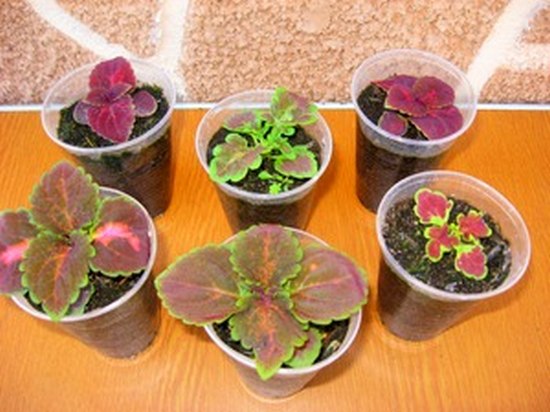

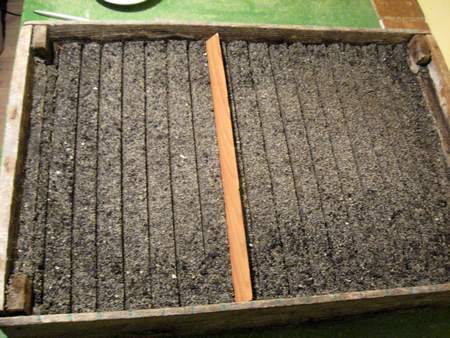
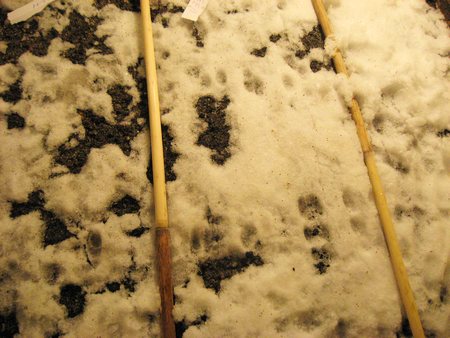
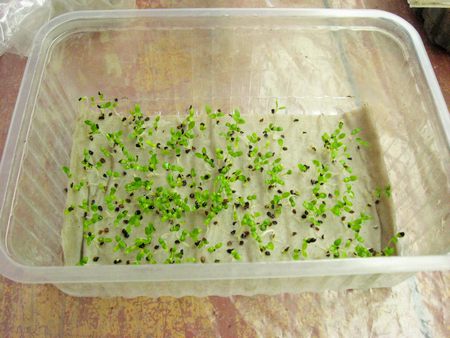
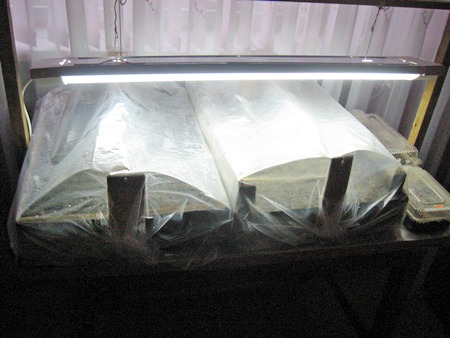
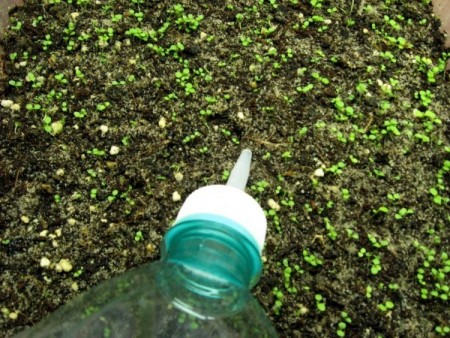
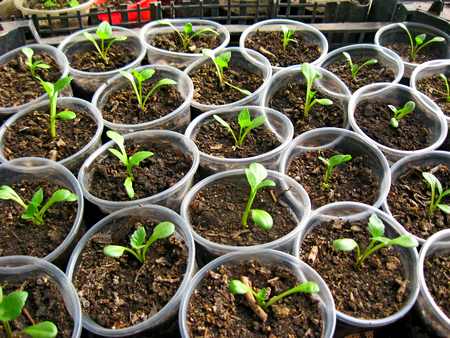
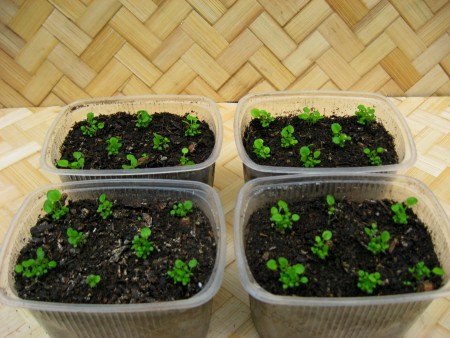

 (19 ratings, average: 4,74 out of 5)
(19 ratings, average: 4,74 out of 5) CUCUMBERS NEVER GET SICK, I'VE BEEN USING ONLY THIS FOR 40 YEARS! I SHARE A SECRET WITH YOU, CUCUMBERS ARE LIKE THE PICTURE!
CUCUMBERS NEVER GET SICK, I'VE BEEN USING ONLY THIS FOR 40 YEARS! I SHARE A SECRET WITH YOU, CUCUMBERS ARE LIKE THE PICTURE! You can dig a bucket of potatoes from each bush. Do you think these are fairy tales? Watch the video
You can dig a bucket of potatoes from each bush. Do you think these are fairy tales? Watch the video
 How our fellow gardeners work in Korea. There is a lot to learn and just fun to watch.
How our fellow gardeners work in Korea. There is a lot to learn and just fun to watch. Eye trainer. The author claims that with daily viewing, vision is restored. They don't charge money for views.
Eye trainer. The author claims that with daily viewing, vision is restored. They don't charge money for views. A 3-ingredient cake recipe in 30 minutes is better than Napoleon. Simple and very tasty.
A 3-ingredient cake recipe in 30 minutes is better than Napoleon. Simple and very tasty. Therapeutic exercises for cervical osteochondrosis. A complete set of exercises.
Therapeutic exercises for cervical osteochondrosis. A complete set of exercises. Which indoor plants match your zodiac sign?
Which indoor plants match your zodiac sign? What about them? Excursion to German dachas.
What about them? Excursion to German dachas.
It's good when it's like that!